Intent to Hire Letter Template for Job Offers
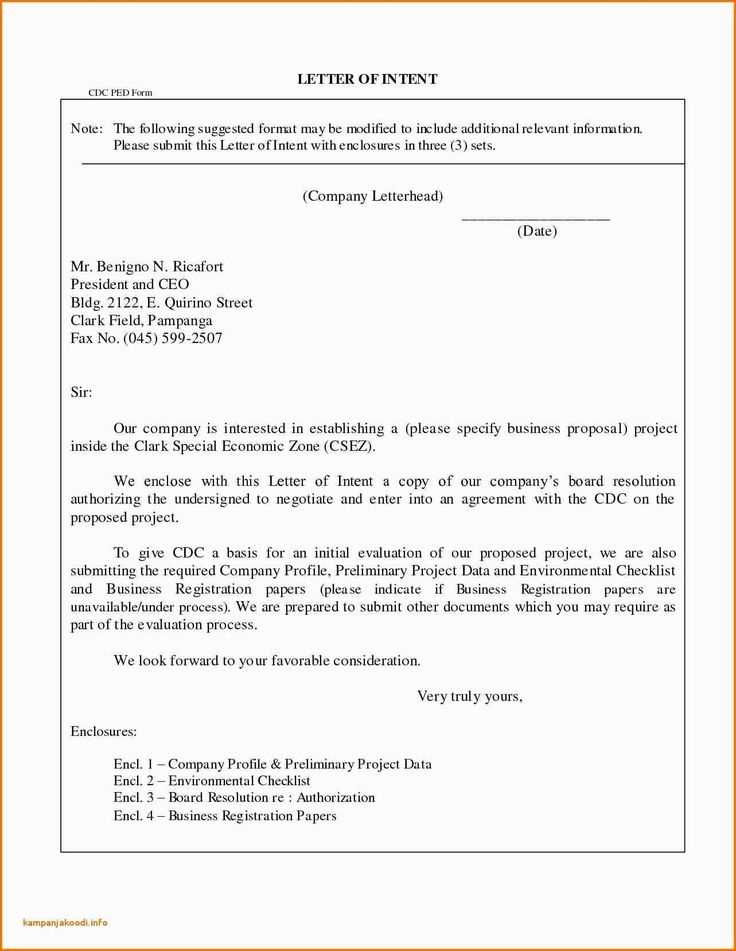
When it comes to formalizing a potential job offer, having a clear and professional document is essential for both employers and candidates. This written communication serves as a preliminary step in the recruitment process, outlining the key terms and expectations before moving forward with a formal contract.
A well-crafted agreement helps set the tone for the employment relationship and ensures that both parties understand the commitment involved. It also helps minimize misunderstandings, providing a clear outline of the job role, responsibilities, and any other critical details that need to be addressed before finalizing the hire.
By using a structured document, organizations can ensure that they communicate their intentions effectively, while giving prospective employees the confidence to make an informed decision about their future with the company.
What is an Intent to Hire Letter?
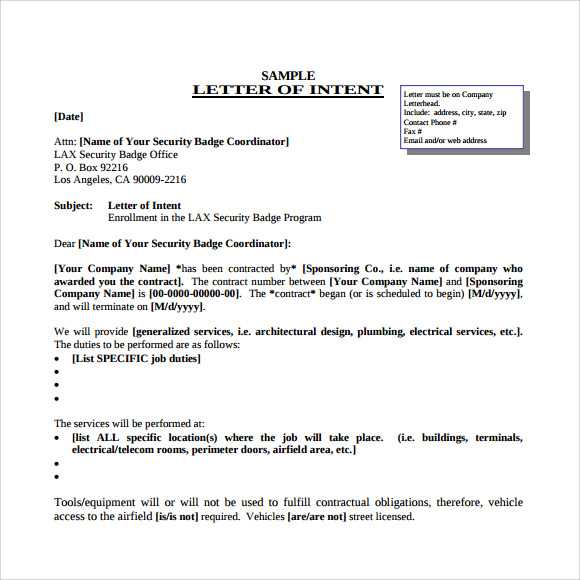
This document is a formal communication from an employer to a prospective employee, expressing a commitment to move forward with the employment process. It highlights the employer’s interest in bringing the individual on board, detailing the next steps and key points to consider before finalizing the official job agreement.
While not legally binding, this communication sets expectations for both parties, creating a foundation for further discussions. It often includes information such as job title, salary, and the anticipated start date. By providing clarity on what is to come, it helps both sides assess their readiness and aligns them on the general terms of the potential employment arrangement.
Purpose of a Hiring Intent Document
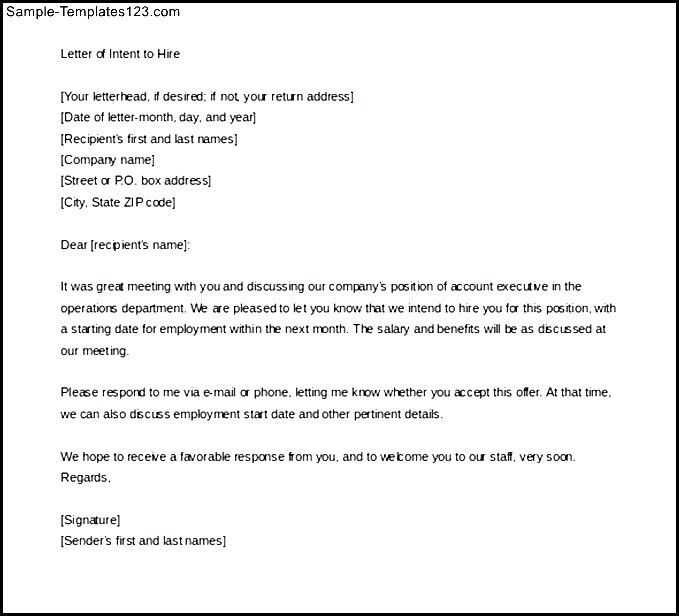
This document serves as a preliminary agreement between an organization and a potential candidate, outlining the employer’s desire to move forward with the recruitment process. It acts as a formal indication of interest, providing clarity on the terms and conditions that will guide the eventual employment relationship.
It helps both parties understand the expectations before entering a formal contract, reducing the likelihood of misunderstandings. This communication ensures transparency, establishing a common ground that leads to a smoother transition into the official hiring phase.
Why Employers Use This Document
Employers use this document to confirm their interest in a candidate, ensuring the process remains professional and structured. It allows them to clearly communicate the role, responsibilities, and next steps, fostering trust between the two parties.
What Candidates Gain from the Document
For candidates, this document provides insight into the company’s intentions and helps them evaluate whether the opportunity aligns with their career goals. It ensures they are aware of the employer’s plans before making any commitments.
| Employer’s Role | Candidate’s Perspective |
|---|---|
| Clearly states interest and next steps | Gains understanding of the role and terms |
| Provides transparency for future actions | Assesses if the opportunity meets expectations |
| Reduces confusion in recruitment | Helps evaluate the suitability of the position |
Key Components of the Letter
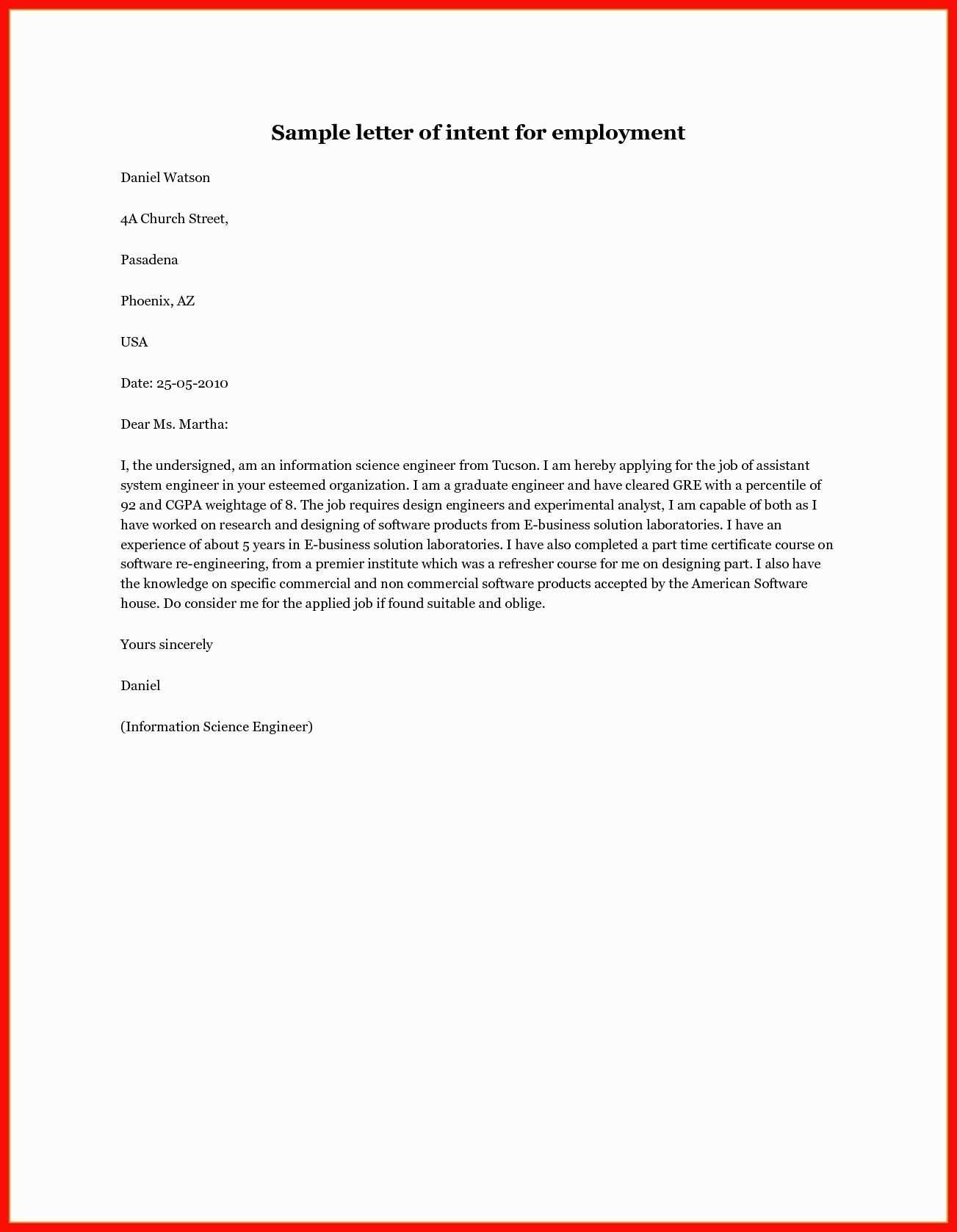
A well-crafted communication outlining an offer of employment includes several essential elements that help establish clarity between the employer and the candidate. These components ensure both parties understand the expectations, terms, and next steps in the hiring process. Each section of the document plays a crucial role in conveying the necessary information in a clear and professional manner.
Introduction and Purpose
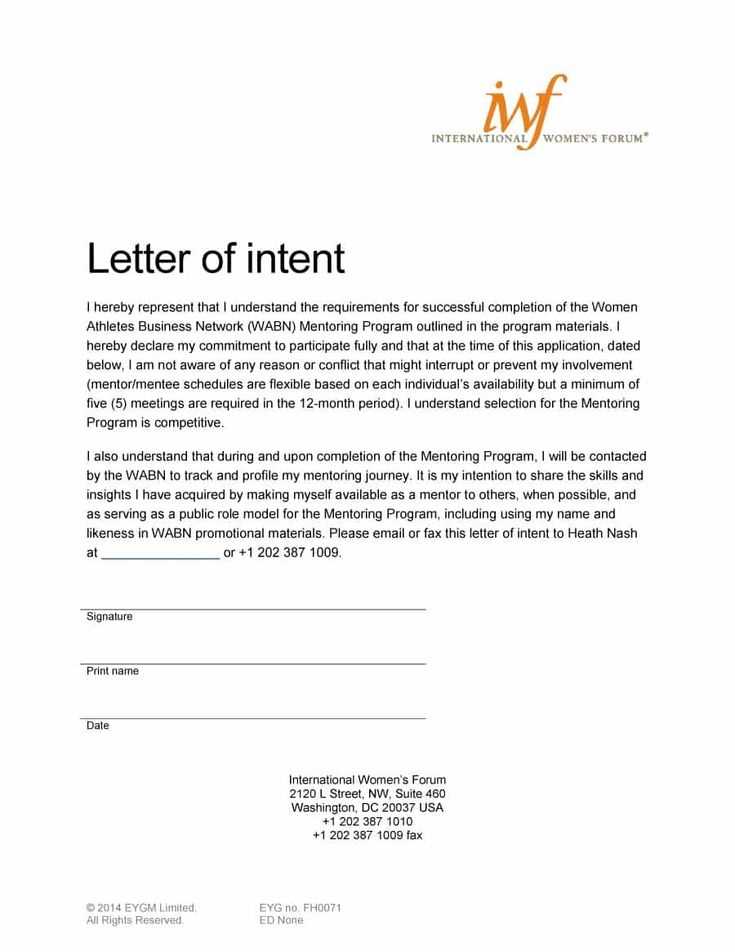
The opening of the document should clearly state the purpose of the communication, expressing the employer’s interest in moving forward with the candidate. This section helps set the tone for the rest of the document and outlines the overall intent behind the message.
Job Details and Terms
Including specific information about the role, such as the job title, salary, and anticipated start date, is crucial. This section outlines the key terms of the offer, helping to align both parties on the expectations before proceeding with a formal agreement.
How to Craft a Professional Letter
Creating a professional communication requires attention to detail and a clear structure. By focusing on the tone, format, and key points, employers can effectively convey their message while ensuring that the document is both formal and easy to understand. Follow these steps to ensure a polished and impactful result.
- Start with a Clear Introduction: Begin by introducing the purpose of the document. State the employer’s interest and the next steps in the process.
- Use Professional Language: Maintain a formal tone throughout, avoiding overly casual or ambiguous language. This helps convey respect and clarity.
- Include Key Information: Make sure to specify details like job title, compensation, and start date, ensuring both parties are aligned on these points.
- Be Concise: Keep the communication brief and to the point, while still covering all essential details. Avoid unnecessary elaboration or repetition.
- End with a Call to Action: Conclude the document with clear instructions on what the next steps will be, whether it’s scheduling a meeting or awaiting confirmation.
By following these guidelines, employers can create a document that sets a positive tone, establishes clarity, and moves the recruitment process forward smoothly.
Common Errors to Avoid When Writing
When drafting a formal document expressing interest in a candidate, there are several common mistakes that can undermine its effectiveness. These errors can lead to confusion, miscommunication, or missed opportunities. It’s important to be mindful of these pitfalls to ensure the document remains professional, clear, and helpful for both the employer and the prospective employee.
- Being Too Vague: Failing to include essential details such as job responsibilities, salary, and start date can leave room for uncertainty and prevent the candidate from fully understanding the offer.
- Overcomplicating the Language: Using overly complex or legalistic language can make the document difficult to read. Keep the message simple and direct to ensure clarity.
- Not Defining the Next Steps: Always include clear instructions on what happens next in the process. Without a defined path forward, the candidate may feel unsure about their role in the next steps.
- Missing Professional Tone: Even though the communication may feel informal, it’s important to maintain professionalism. Avoid casual language or slang that may come across as unprofessional.
- Failing to Proofread: Spelling mistakes or grammatical errors can harm the credibility of the document. Always double-check for errors before sending the communication.
By avoiding these common errors, the document will convey a clear, professional, and well-structured message, making the hiring process smoother for both parties.
Legal Implications of a Hiring Letter
When creating a formal communication regarding a job offer, it is important to be aware of the legal implications associated with such documents. While this type of correspondence is generally not legally binding, certain statements within the document can imply legal commitments or obligations. Employers should take care to avoid language that may unintentionally create enforceable agreements or cause misunderstandings about the terms of employment.
- Employment Contracts: If the document is not carefully worded, it might be interpreted as a preliminary employment contract, which could impose obligations on the employer even before the formal agreement is signed.
- At-Will Employment: If the document does not specify that the employment is at-will, it may be assumed that the employer is guaranteeing job security, which can lead to disputes if the employment ends unexpectedly.
- Implied Promises: Statements about compensation, benefits, or other terms can be misconstrued as promises, even if the intent is to only outline a potential arrangement. Employers should avoid making guarantees unless they are fully prepared to follow through.
- State and Local Laws: Be mindful of specific legal requirements or protections based on local or state laws, which may influence what can and cannot be included in such communications.
- Discrimination Risks: It’s crucial to ensure that the document is free of language that could be interpreted as discriminatory. Employers should avoid statements that may inadvertently exclude certain groups of people.
By understanding the potential legal risks, employers can ensure that the communication remains clear and professional, protecting both the company and the candidate from possible legal issues down the line.
Benefits of Using an Intent to Hire
Incorporating a formal communication to express interest in a candidate offers several advantages for both employers and job seekers. This document serves as an important tool in the recruitment process, ensuring that both parties are aligned on the terms and expectations before proceeding with a formal contract. It provides clarity, fosters trust, and establishes a foundation for a smooth transition into employment.
- Clear Expectations: The document helps outline the specific details of the role, salary, and other important terms, reducing the chances of misunderstandings or miscommunication.
- Professionalism: By formalizing the employer’s interest, the document sets a professional tone and shows that the employer is serious about the candidate’s potential role within the company.
- Improved Candidate Confidence: A well-written communication can reassure candidates about the next steps, building their confidence and trust in the employer’s intentions.
- Streamlined Process: By defining clear terms early on, the process becomes more efficient, making it easier for both the employer and the candidate to move forward with the necessary steps.
- Reduced Legal Risks: By clearly stating the nature of the offer and next steps, this document can help mitigate any legal disputes that may arise later in the hiring process.
Ultimately, using this type of formal document contributes to a more organized and transparent hiring process, benefiting both parties and creating a more positive experience overall.